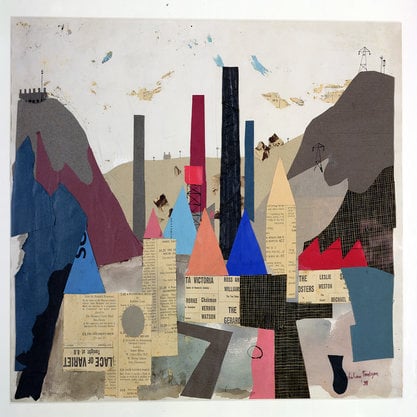Article
Blixen, Karen (1885–1962) By Magnusson, Gisli
Article
Karen Blixen was a singular figure in 20th century Danish literary life. In the 1930s, when Blixen started writing, Danish literature was dominated by social realism centred on the contemporary world. Blixen nourished the myth of herself as the timeless aristocratic storyteller who wrote her works independently of her own historical context. However, by drawing lines to Nietzsche, existentialism, and psychology, Blixen scholars have clearly demonstrated that she belongs to modernism. As her contemporary Samuel Becket, she was a bilingual author (she wrote her works in English and Danish).
Karen Blixen’s life can be divided into three different phases: During the first (1903–1913), Blixen studied at the Royal Danish Academy of Fine Arts in Copenhagen and wrote her first works under the pseudonym Osceola. The second begins in 1914, when she moved to Kenya (British East Africa) with Bror Blixen. The two were separated in 1921, leaving Karen Blixen to run the coffee farm at Ngong Hills alone until financial problems forced her to sell it in 1932. Finally, in 1931, Blixen returned to Denmark and remained at the family manor Rungstedlund until her death in 1962.


